Indian Diversity Conclave 2024
Indian Diversity Conclave 2024 (hosted by the India Diversity Forum)
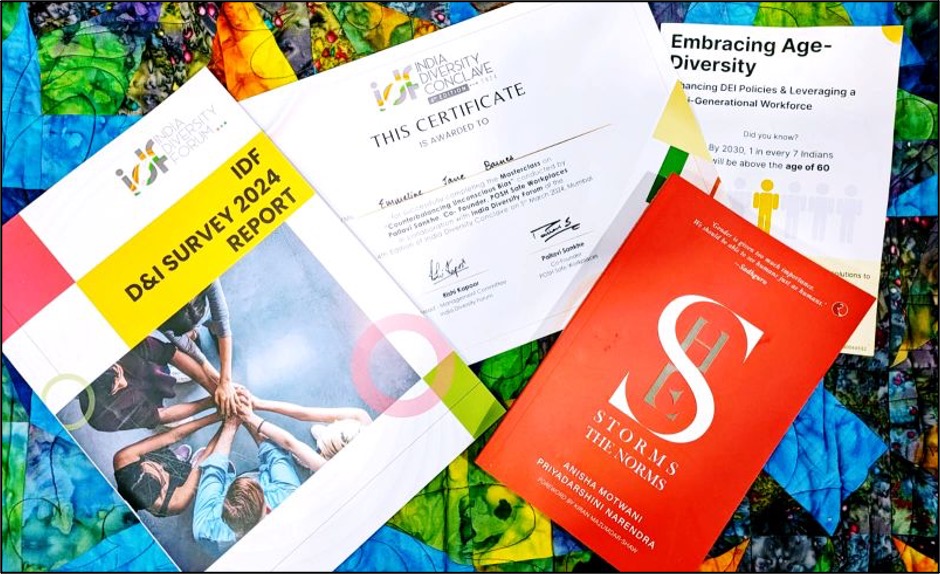 As a newcomer to India, the warmth of the welcome I received at the event fostered a sense of connection that I cherish. The commitment to diversity and inclusion demonstrated by the Forum was evident throughout the conclave, and I felt privileged to be part of such important conversations.
As a newcomer to India, the warmth of the welcome I received at the event fostered a sense of connection that I cherish. The commitment to diversity and inclusion demonstrated by the Forum was evident throughout the conclave, and I felt privileged to be part of such important conversations.
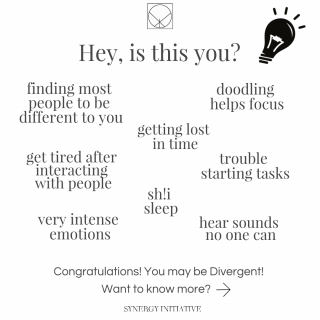
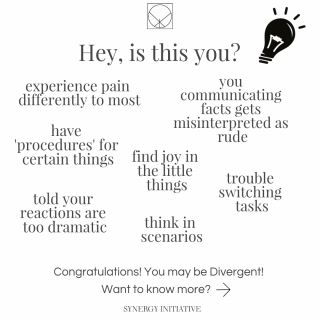
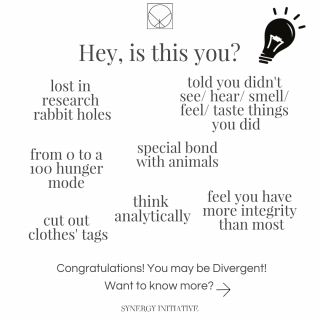

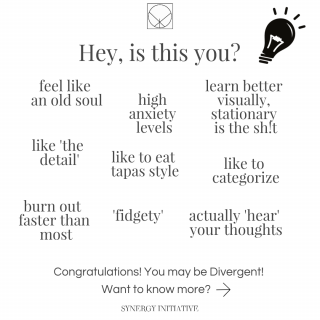
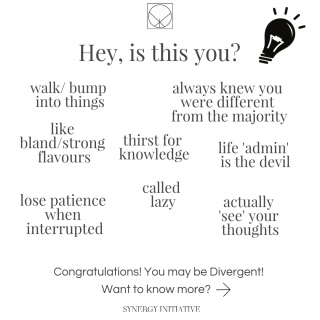
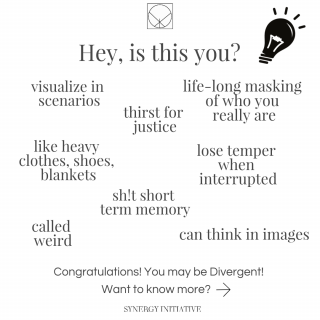
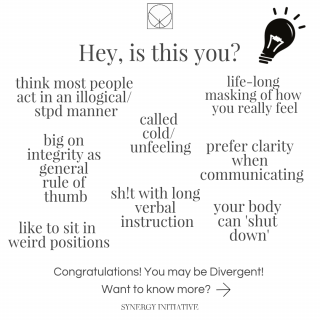
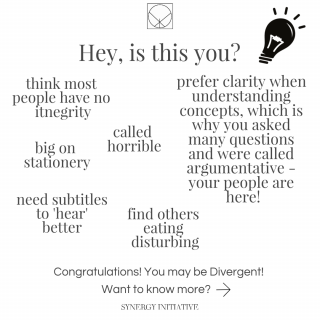
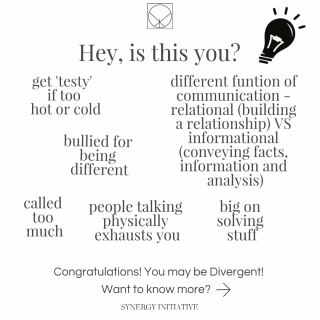
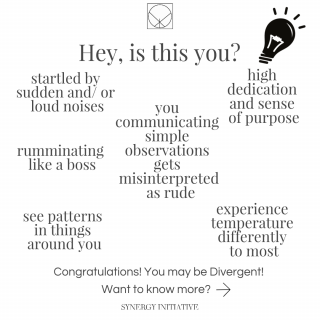
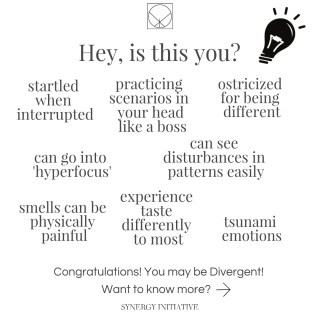
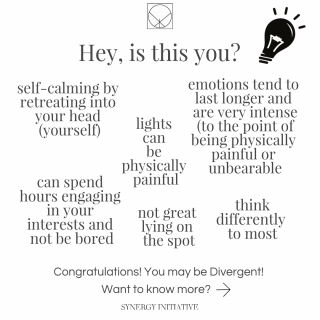
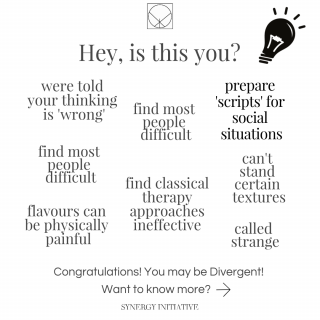
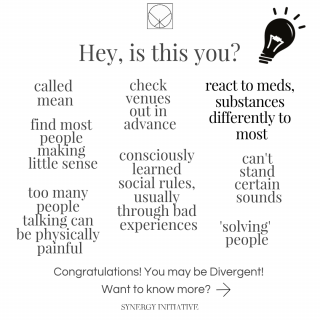
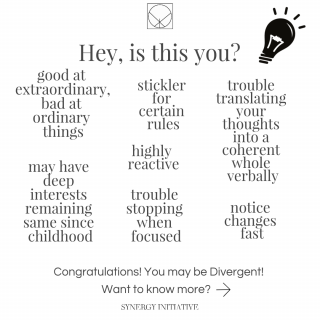
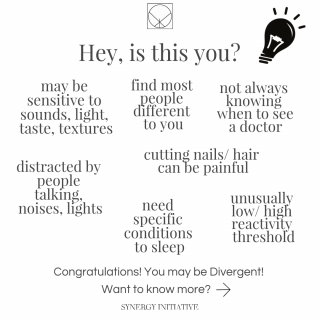
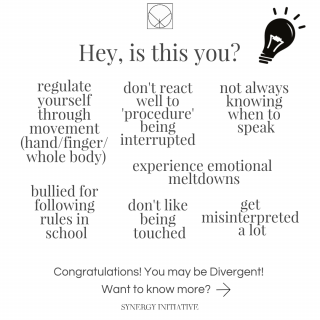
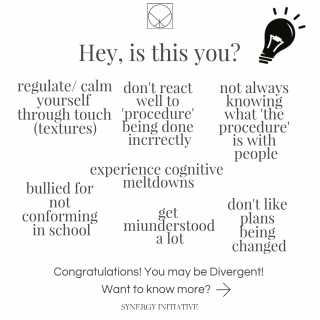
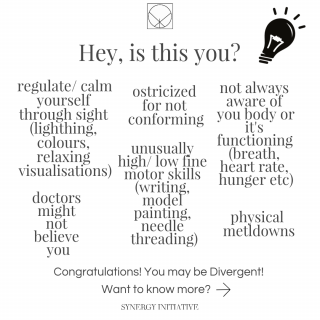
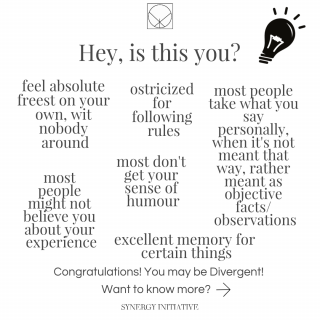
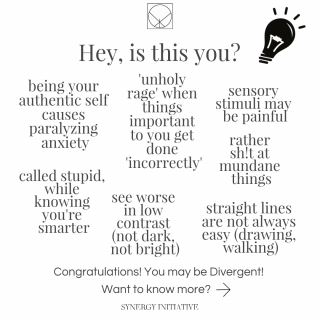
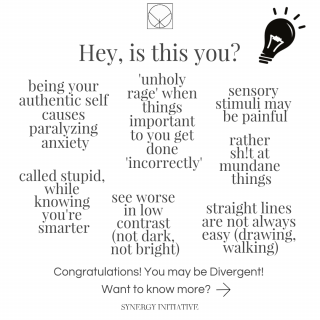
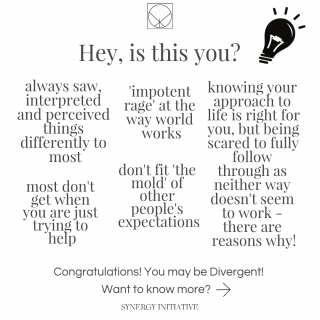
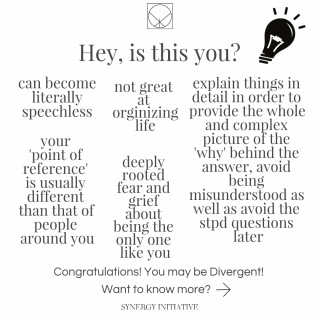
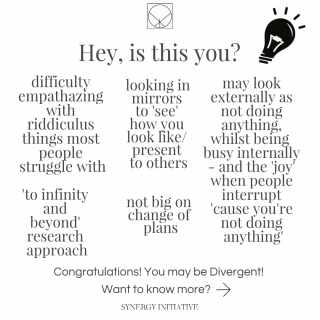
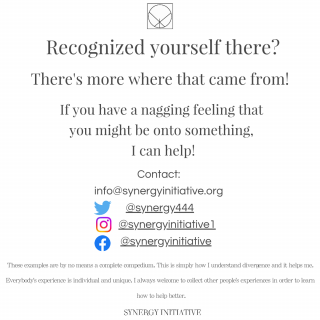
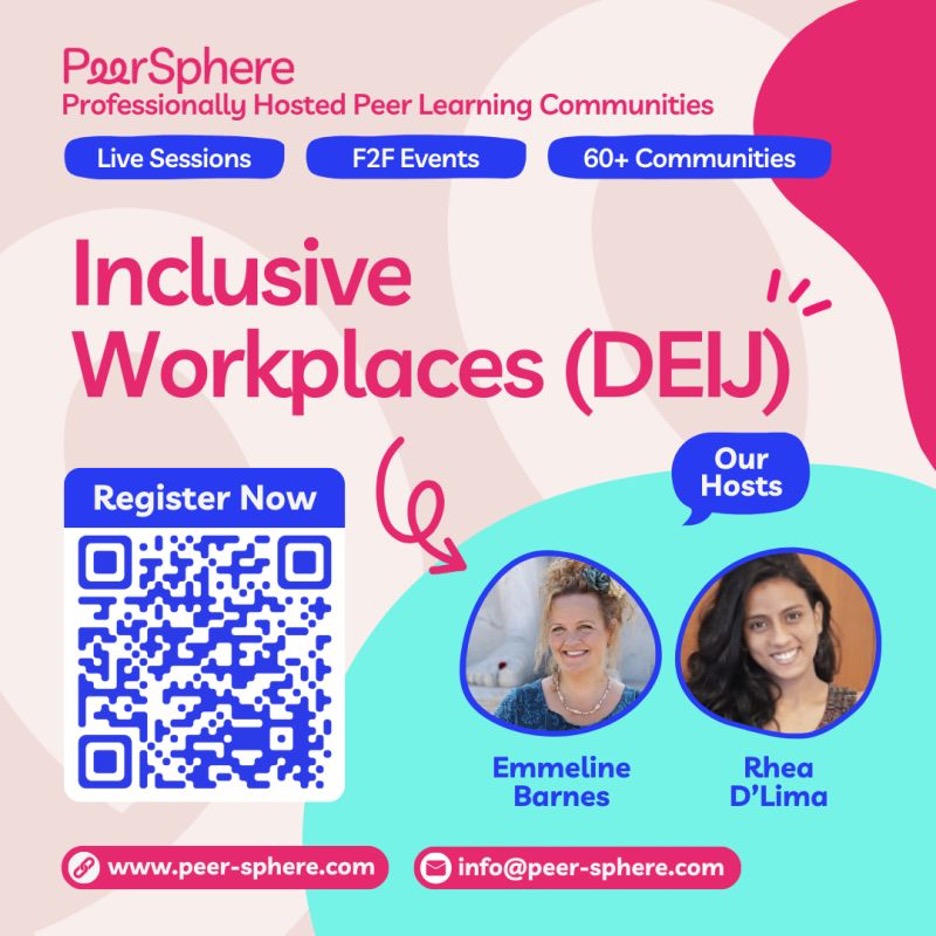 Embracing Connection: The Intention Behind Hosting the Inclusive Workplaces (DEIJ) for PeerSphere
Embracing Connection: The Intention Behind Hosting the Inclusive Workplaces (DEIJ) for PeerSphere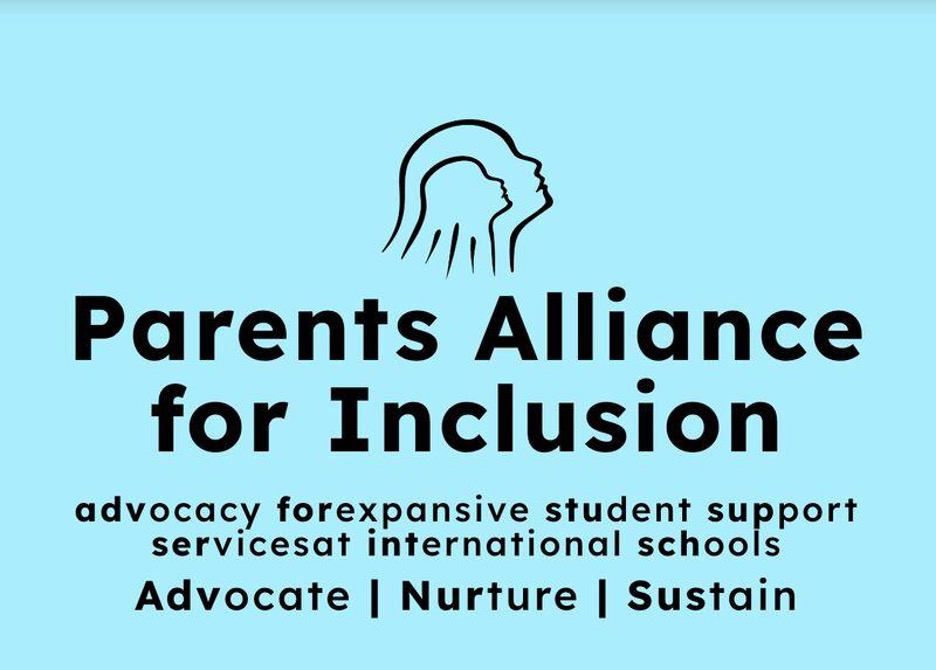 Excited to join the Advisory Board for this incredible organization!
Excited to join the Advisory Board for this incredible organization!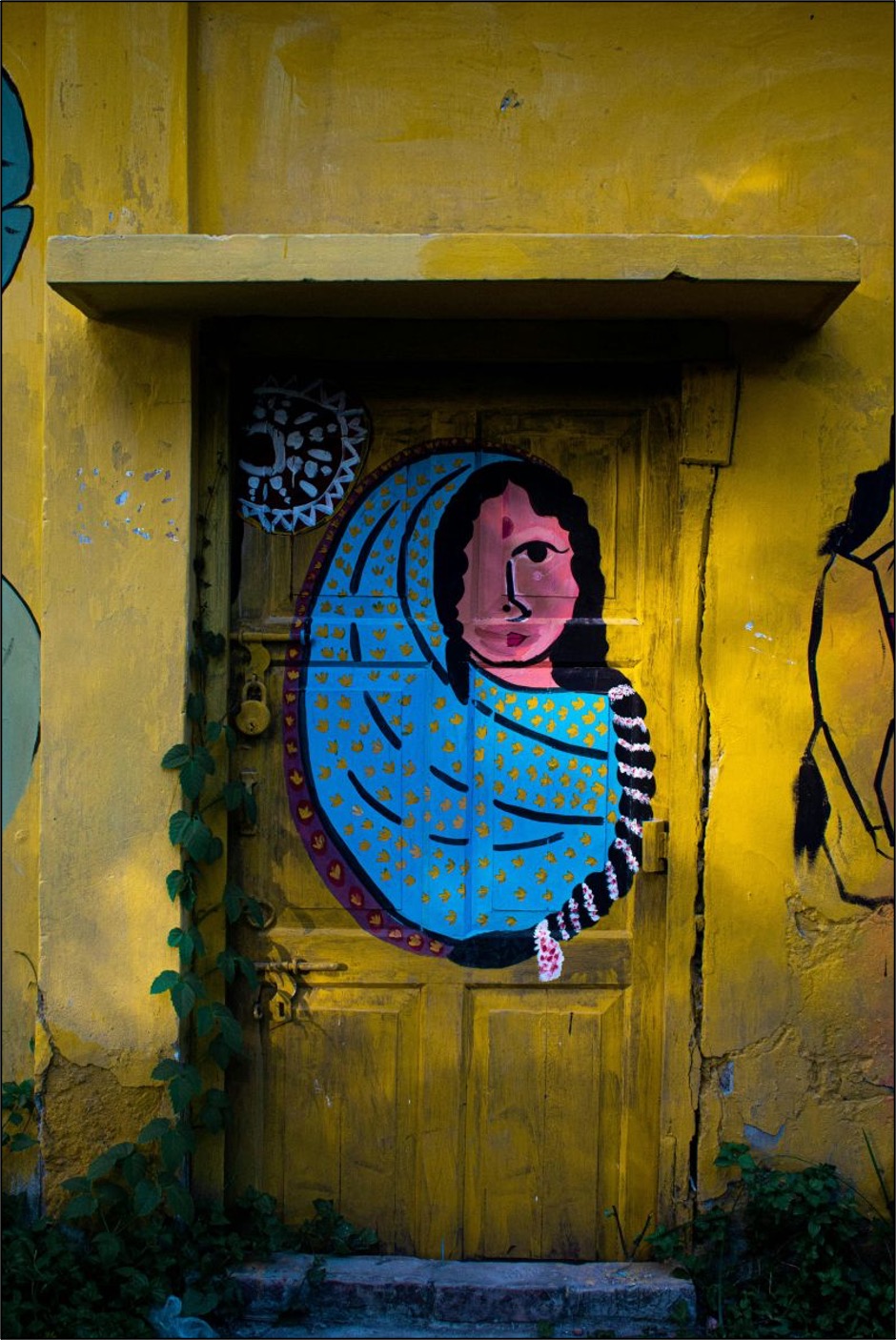 I've completed the 'India Specific' ECIS Child Protection Awareness course, sharpening my focus on building a safeguarding culture where every individual plays a part.
I've completed the 'India Specific' ECIS Child Protection Awareness course, sharpening my focus on building a safeguarding culture where every individual plays a part.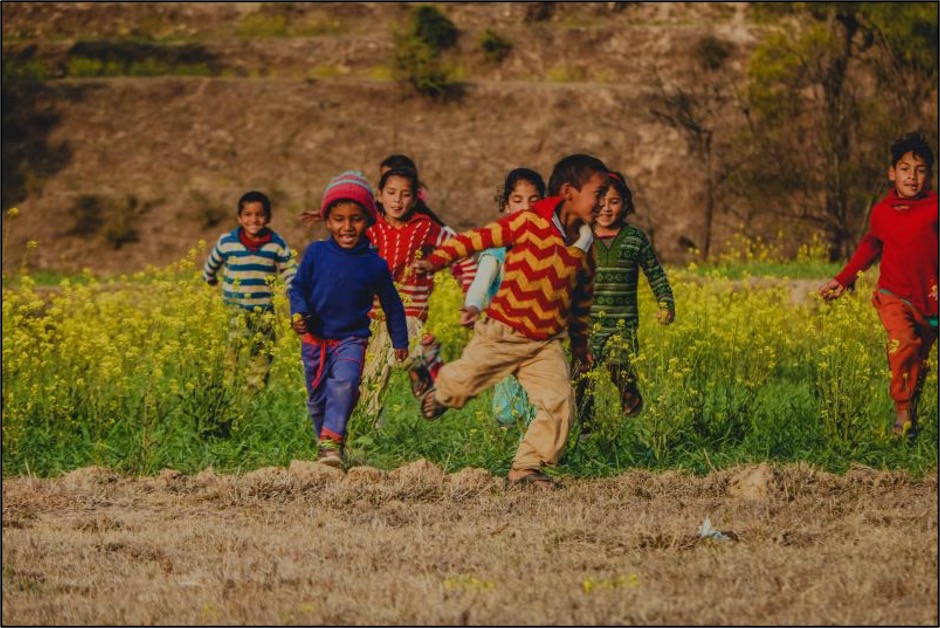 I sat in a room full of parents, educators, and specialists, all eager to understand how to empower all learners. The workshop, hosted by the OIS SSP Team, was designed to step into the world of neurodivergent learners—to feel what they feel, to move as they move, to process as they process.
I sat in a room full of parents, educators, and specialists, all eager to understand how to empower all learners. The workshop, hosted by the OIS SSP Team, was designed to step into the world of neurodivergent learners—to feel what they feel, to move as they move, to process as they process.